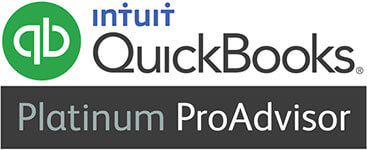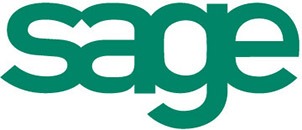Cash flow is the lifeblood of any business. Without it, even profitable companies can encounter difficulties. Yet many business owners, and even some finance teams, only review cash flow on a monthly or quarterly basis. This can be risky.
A weekly cash flow check is a straightforward but powerful habit. It keeps you informed, proactive, and in control. By making this a regular routine, you can maintain your business’s financial health, spot potential issues early, and gain confidence in every decision you make.
Why Weekly Checks Matter
Regular cash flow reviews can help you to:
-
Avoid surprises: Examining your inflows and outflows each week helps you detect timing gaps, slow-paying clients, or unforeseen expenses before they escalate.
-
Plan more effectively: Understanding your cash position allows you to make smarter decisions. Should you delay a payment, focus on collections, or hold back on spending?
-
Identify opportunities early: Weekly monitoring can reveal trends you might otherwise miss, such as available funds for business growth or areas where costs could be reduced.
Five Steps to a Weekly Cash Flow Review
If you’re ready to start, here’s a simple five-step process:
Step 1: Update Your Cash Position
Begin by reviewing bank balances and reconciling them with any outstanding invoices and bills. Make sure your accounting data is accurate and up-to-date so you know exactly how much cash is available.
Step 2: Project the Next 2–4 Weeks
List all expected incoming and outgoing payments over the next 2–4 weeks. This allows you to anticipate potential shortfalls or identify opportunities for investment or savings.
Step 3: Compare Forecast to Reality
Look back at last week’s projections and see how they matched reality. Analyse any differences. Was it a late payment, an unexpected expense, or a sale that didn’t go through? Understanding the reasons will improve the accuracy of your future forecasts.
Step 4: Identify Action Items
Based on your findings, list key actions for the coming week. Focus on the most critical adjustments rather than trying to tackle everything. Actions might include contacting customers to chase payments, deferring non-essential expenses, or adjusting staffing plans.
Step 5: Document and Track Trends
Maintain a simple record of your weekly checks. Over time, patterns will emerge that can guide your budgeting, forecasting, and decision-making.
Tips for Success
-
A simple spreadsheet with columns for inflows, outflows, net cash, and notes is a great way to organise your review.
-
Many banking apps can notify you automatically if balances fall below a set threshold.
-
Consistency is crucial. Pick a fixed day each week for your review and treat it as non-negotiable.
The Bottom Line
Weekly cash flow checks can transform your financial management from reactive to proactive. They provide peace of mind, better decision-making, and insights far beyond day-to-day bookkeeping.
If you would like support in establishing a weekly cash flow routine, please get in touch. We would be delighted to help you.









